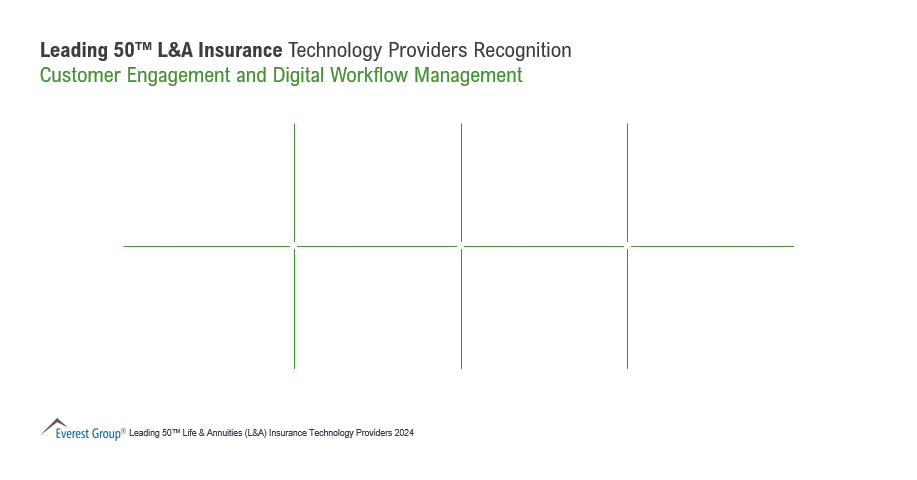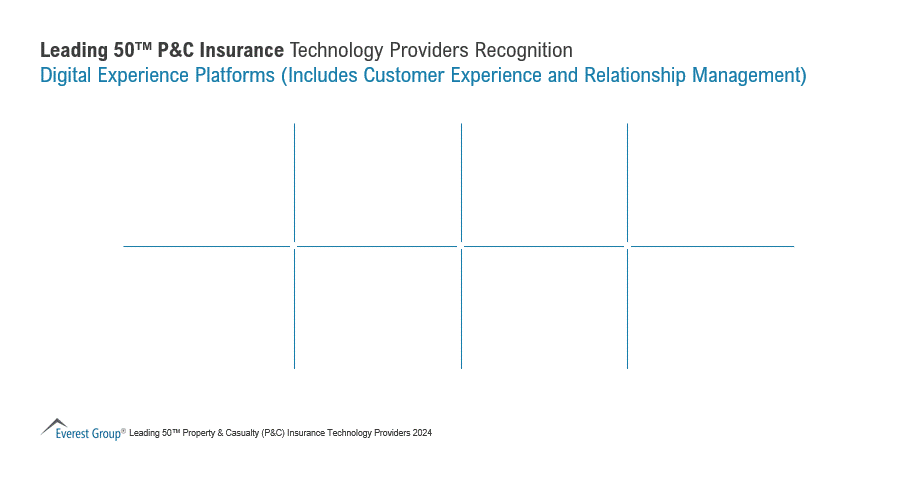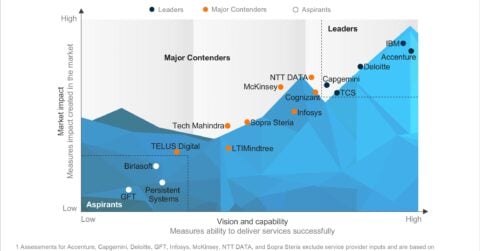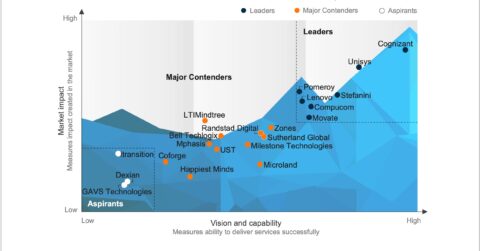Reimagine growth at Elevate – Dallas 2025. See the Agenda.
Filter
Displaying 1-10 of 538
Assuring the Rewards of Generative AI | Webinar
November 21, 2024
8:00 AM PT | 11 AM ET
Webinar
The Future of Digital Adoption: Unlocking the Power of AI to Transform Work | Webinar
November 14, 2024
9:00 AM PT | 12 PM ET
Webinar
AI in Clinical Development: From Hype to Real-world Value | CNS Summit 2024
November 14, 2024
Everett, MA













